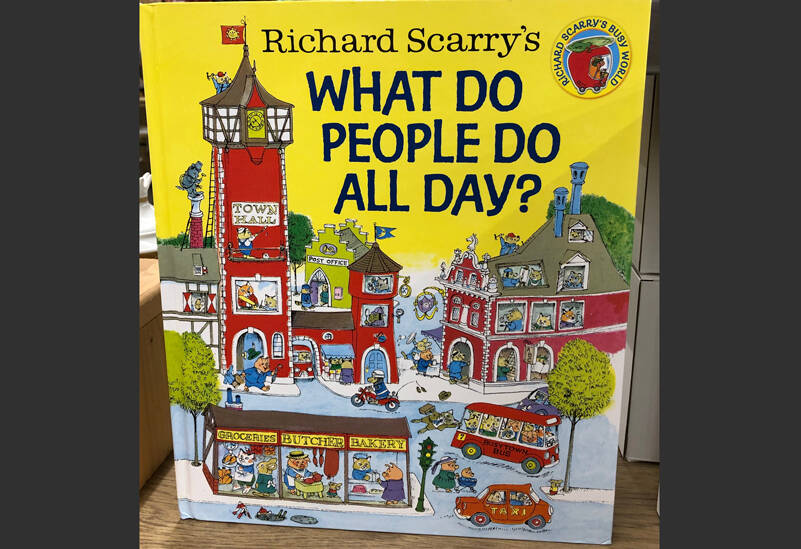By Morf Morford, Tacoma Daily Index
Many of us spend more time than we should in meetings. The key question, as always is, “What is accomplished?”
Is any given meeting essential? Or productive? Are the right people present?
Or is it the ultimate high cost time-waste? Too many times it is. But it doesn’t need to be.
The key to effective (and productive) meetings is very simple; keep them small and focused. Meetings of four or fewer key people can be very effective – and motivating. Meetings of ten or so tend to be meandering distraction fests.
Long meetings make everyone bleary and disoriented. Meetings should not go more than one hour – half an hour is better.
The Agenda
Anyone else notice that your eyes glaze over when you look at a meeting agenda with a dozen agenda items? Keep agendas short. Five items at the very most. Three is better. A quick summation of old business, short coverage of agenda items and an introduction to new business should sum up just about any meeting.
Motivated – to do what?
I had a boss many years ago who loved his weekly Monday morning meetings. He would rant and rave and pound the table. His meetings had no agenda – but were required.
We were not invited to comment or ask questions, and the meetings seemed to go on all morning.
As he would wind up the meeting, many of us were numb and could barely move, but others would literally run from the room. As they did, with a broad smile of approval, he would say, “You see how motivated they are!”
In one way he was right – they were, in fact highly motivated; to get away from him, to find the nearest bar, or even to quit.
To put it mildly, those meetings were not productive. Or essential.
In an unexpected way, or at least unintended, those horrible meetings taught me how effective and encouraging meetings can be.
A meeting with only a few people, each one encouraged and free to question or cast out ideas and possibilities, can be, and often is, extremely productive – of informative and sometimes even enjoyable. A limited agenda, with only a few items, can be dealt with (relatively) quickly and effectively – usually with direct accountability by those present.
Meetings “R” us
How meetings are run, and what is accomplished by them is a microcosm of the business culture.
Meetings are, in their own way, a small window into the larger culture or organization around us.
The key to a satisfying career is very simple after all – but as simple as it might be, it is still difficult for too many of us. Find work you care about, and people you like doing it with. Sometimes we luck into a situation like this, and sometimes we cultivate it.
One of the key principles of hiring, for better or worse, is that managers tend to hire people like themselves. Or at least that, at an interview or two, seem that way. We all want to work alongside, and spend time with people we connect with or that we feel “get” us.
Meetings can be forums for new ventures and projects that can redirect floundering companies or even open up entirely new ventures and markets.
In short, when it comes to meetings; keep them short, focused and impactful.
I might be in the minority here, but I really like meetings. I like knowing what other people are doing – especially in departments or entire fields where I have little knowledge or direct experience.
Any business or agency is like a body – with parts working together, often without knowing that some obscure element or piece of the puzzle ties it all together.
For better or worse, meetings expose the components and moving parts of any organization.
Few elements are more important than knowing how to run a good meeting – or escape a terrible one.
The company or career you save just might be your own.





